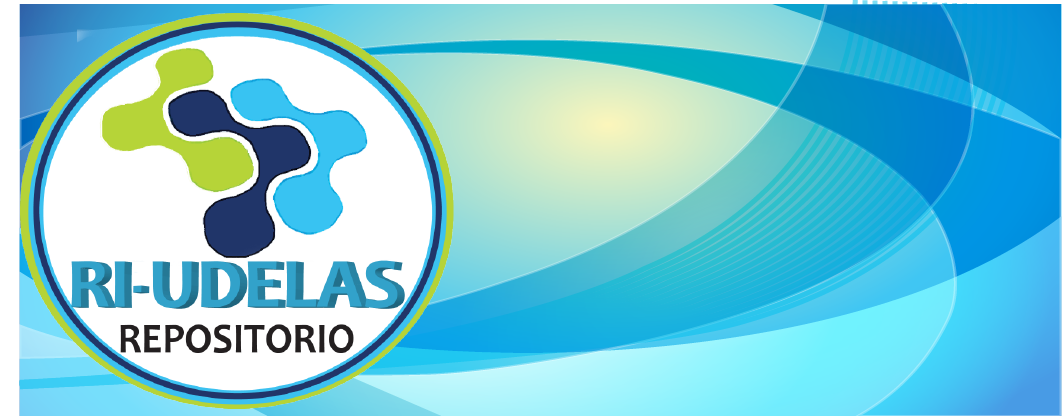| dc.contributor.author | Ayarza Díaz, Violoro | |
| dc.creator | Ayarza Díaz, Violoro | |
| dc.date.accessioned | 2022-03-21T17:28:43Z | |
| dc.date.available | 2022-03-21T17:28:43Z | |
| dc.date.issued | 2021-08-09 | |
| dc.identifier | https://revistas.udelas.ac.pa/index.php/karakol/article/view/153/206 | |
| dc.identifier.issn | 2710-7795 | |
| dc.identifier.uri | https://revistas.udelas.ac.pa/index.php/karakol/article/view/153/206 | |
| dc.identifier.uri | https://doi.org/10.57819/BK2J-7D86 | ES |
| dc.description | The recovery and revitalization of guna mathematics have been complex. Its loss has increased in the last hundred years. With the arrival of schools, the decimal numbering system was implemented, resulting in an acculturated generation using their numeral system. Official education has convinced and conditioned us to believe that the best-invented numbering base is ten. Therefore, we have been grouping ten by ten even though we have considered it is the only base invented. It has influenced our numeral system, and the worst thing is that we come to think that our mathematics would be difficult to teach and learn for lack of specialized terms and lexicons in our native language. This essay summarizes the field of investigation of numeral classifiers, how to use them and how to make them part of the teaching of classrooms. | en_US |
| dc.description.abstract | El proceso de la recuperación y revitalización dela matemática guna no ha sido fácil, su pérdida ha ido acelerándose en los últimos cien años y con la llegada de las escuelas se implantó el sistema de numeración decimal, dando como resultado una generación aculturada en el uso de su propio sistema numérico. La implementación de un sistema occidental, para la educación de los niños gunas, truncó el uso de la base vigesimal, dando mayor importancia a la base de numeración decimal, pues se piensa que es la única base que existe en la enseñanza de los números. Comúnmente se cree que por falta de términos y léxicos especializados en nuestra lengua se hace difícil la enseñanza. Este ensayo resume el campo de investigación de los clasificadores numéricos, cómo usarlos y que estos sean parte de la enseñanza en las aulas de clases. | en_US |
| dc.description.sponsorship | Gunas dule ebised negsaglaun daniggi, auggi e durdagged inmar durdagged neggi dogarsuli, birga duladdar gusa sibgan nonimalad we yarse, geb anmarga e ebised odononiggi inmar durdagged negse, degsoggu anmar doddogan wagmar ebised durdaggali, geb anmar ebised yoggumagusa. Wagmar anmar binsaed ogwali, anmar binsaed ogwali. Wagmar ebise anbegi, anmar ebise dulagi. Anmar binsae anmar ebised duddusur durdagleye, auggi saddeyob gayamar narmaggar. We sabga narmaglesa binsaed amiega ebised igar sig, igi ebulege, igi nabir inmar durdagged neggi anmar odosale nabir doddagana durdaggega. | en_US |
| dc.format | application/pdf | |
| dc.format | text/html | |
| dc.language | spa | |
| dc.publisher | UDELAS | en_US |
| dc.relation | https://revistas.udelas.ac.pa/index.php/karakol/article/view/153/206 | |
| dc.relation | https://revistas.udelas.ac.pa/index.php/karakol/article/view/153/html | |
| dc.rights | https://creativecommons.org/licenses/by-nc-sa/4.0 | en_US |
| dc.rights | info:eu-repo/semantics/openAccess | |
| dc.source | Vol.1, Núm.1 (2021); Revista Karakol | |
| dc.subject | clasificadores númericos | en_US |
| dc.subject | matemática guna | en_US |
| dc.subject | intercultural | en_US |
| dc.title | Gunasdulemar ebised: los clasificadores numéricos | en_US |
| dc.title.alternative | Gunasdulemar ebised: inmar ilemagged / Gunasdulemar ebised: numeral classifiers | en_US |
| dc.type | info:eu-repo/semantics/article | |
| dc.type | info:eu-repo/semantics/publishedVersion | |

